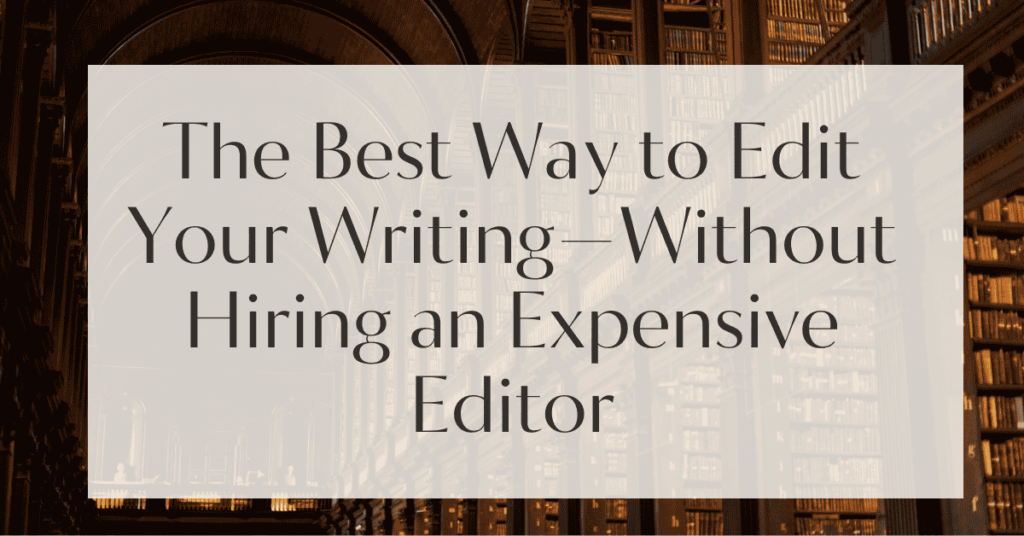Imagine the thrill of crafting a story that captivates readers, only to be daunted by the editing process.
Does the thought of self-editing make you feel like you’re wandering through a dense forest without a map?
You’re not alone. Many writers grapple with this stage, but mastering self-editing can transform your writing from good to great without the hefty price tag of hiring an editor.
In this guide, we’ll explore essential techniques and strategies to help you refine your writing, ensuring it shines brightly for your readers.
Understanding Self-Editing
Self-editing is a crucial part of the writing process, allowing you to refine your narrative, clarify your message, and enhance your style.
It involves scrutinizing your work with a critical eye, identifying areas for improvement, and making necessary changes.
By embracing self-editing, you take control of your writing journey, ensuring your voice remains authentic while improving clarity and impact.
Google Docs is for notes. Scrivener is for novels. Upgrade your writing game and try it for free today!

The Importance of Self-Editing in the Writing Process
Self-editing is akin to polishing a gem; it uncovers the brilliance hidden beneath the rough surface.
It’s not just about correcting grammar and spelling errors but also about enhancing the structure and flow of your narrative.
This process helps you view your work from a reader’s perspective, ensuring it resonates with your audience.
Moreover, self-editing empowers you to become a better writer, as it forces you to engage deeply with your content, honing your skills with each iteration.
Common Misconceptions About Self-Editing
Many writers believe that self-editing is solely about fixing typos or that it stifles creativity. However, these are misconceptions.
Self-editing is a creative endeavor that allows you to refine your ideas and present them more effectively.
It doesn’t mean you have to do it all alone; tools and resources can assist in the process. Remember, the goal is to enhance your writing, not to limit it.
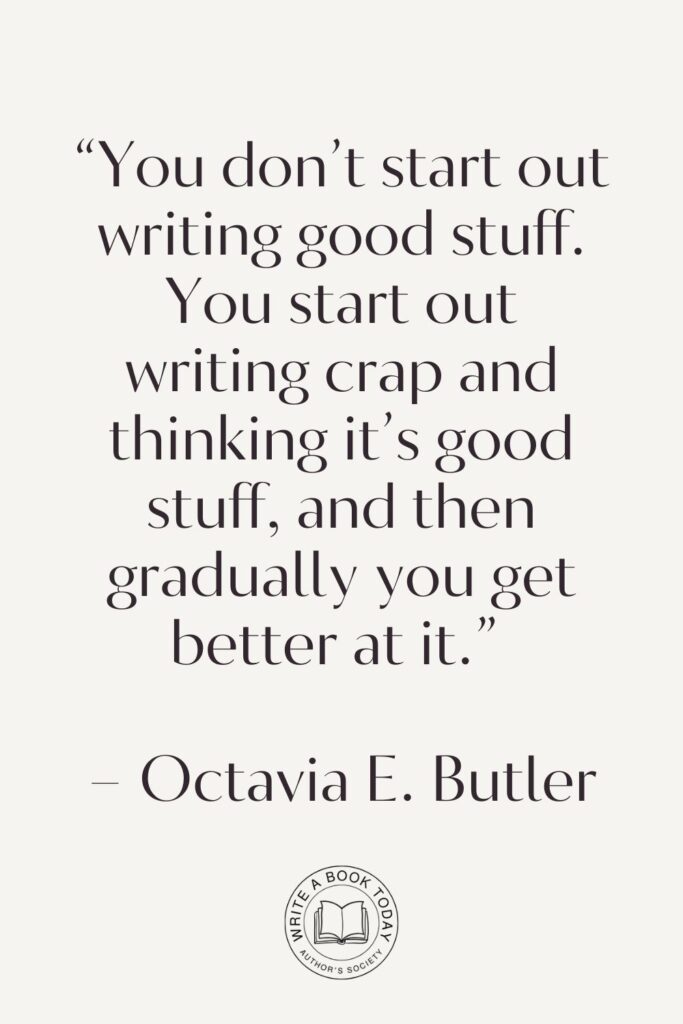
Getting Started with Self-Editing
Embarking on the self-editing journey requires a strategic approach. It’s not about diving headfirst into revisions but about preparing yourself and your manuscript for the task ahead.
Here are some initial steps to set you on the right path.
Letting Your Manuscript Rest
After completing a draft, it’s essential to step away and let your manuscript rest.
This break provides the emotional distance needed to view your work objectively.
Think of it as letting a fine wine breathe before savoring it; the flavors become more pronounced and enjoyable.
When you return, you’ll notice areas for improvement that weren’t apparent before.
Consider setting your manuscript aside for a few weeks. During this time, engage in activities unrelated to writing, such as reading or exploring new hobbies.
This mental break will rejuvenate your creativity and prepare you for the editing phase.
Reading with Fresh Eyes
Returning to your manuscript after a break allows you to read it with fresh eyes.
This perspective helps you identify awkward phrasing, plot inconsistencies, and areas lacking clarity.
Approach your work as if you’re a reader encountering it for the first time. Note any parts that confuse or disengage you, as these are prime targets for revision.
Creating an Editing Roadmap
An editing roadmap serves as your guide through the self-editing process.
It outlines the key areas you need to focus on, such as character development, plot structure, and sentence clarity.
By breaking down the editing process into manageable tasks, you can tackle each aspect systematically, ensuring nothing is overlooked.
Draft an editing checklist that includes elements like pacing, tone consistency, and dialogue authenticity.
Use this checklist to track your progress and ensure you address all critical components of your manuscript.
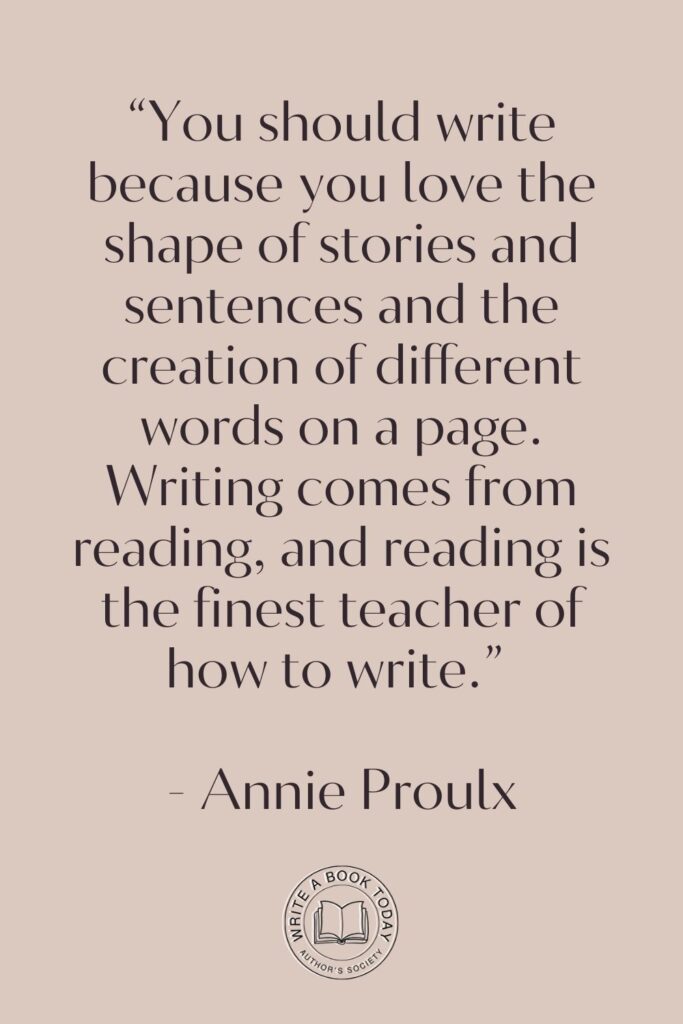
Key Self-Editing Techniques
Once you’re ready to dive into self-editing, employing specific techniques can enhance the effectiveness of your revisions.
These methods will help you refine your prose, strengthen your narrative, and ensure your writing is both engaging and coherent.
Reading Aloud for Clarity
Reading your work aloud is a powerful tool for improving clarity. It forces you to slow down and listen to the rhythm and flow of your sentences.
As you read, pay attention to any stumbling blocks or awkward phrasings. These are often indicative of areas that require reworking.
Additionally, reading aloud helps you catch errors that might slip past when reading silently.
Hearing your words can reveal issues with sentence structure, pacing, and dialogue that you might otherwise miss.
Cutting Unnecessary Words and Phrases
Conciseness is key to effective writing. Eliminating unnecessary words and phrases strengthens your prose, making it more direct and impactful.
Look for redundant expressions and filler words that don’t add value to your writing.
For instance, instead of saying “in order to,” simply use “to.” This small change can significantly enhance readability.
Remember, every word should serve a purpose. If a sentence can stand without a particular word, consider removing it to create a more streamlined narrative.
No marketing platform? No social following? No problem!
Publisher Rocket helps you market your debut novel like a pro.
It’s a gamechanger for debut authors – try it today!


Strengthening Your Sentences with Active Voice
Active voice infuses your writing with energy and clarity. It emphasizes the subject performing an action, making sentences more direct and engaging.
Compare “The cake was eaten by the children” (passive) with “The children ate the cake” (active). The latter is more vivid and concise.
While passive voice has its place, overusing it can lead to a dull and lifeless narrative.
Aim to use active voice predominantly, reserving passive constructions for specific stylistic purposes.
Identifying and Fixing Plot Holes
Plot holes can undermine the credibility of your story, leaving readers confused or dissatisfied.
To identify them, scrutinize your narrative for inconsistencies or unexplained events.
Ensure that every plot point logically follows the previous one and that your characters’ actions are believable within the story’s context.
When you spot a plot hole, brainstorm potential solutions that align with your story’s themes and character motivations.
This process may involve rewriting scenes or adding new elements to bridge gaps in the narrative.
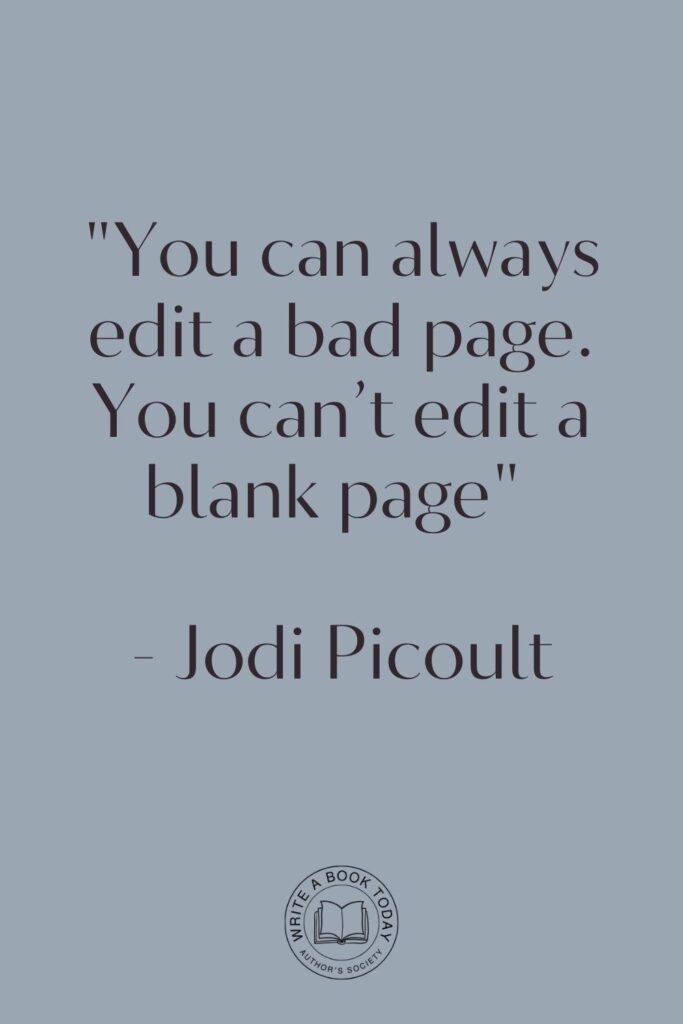
Character Development and Consistency
Characters are the heart of your story, and their development is crucial to engaging readers.
Ensure your characters are multi-dimensional, with clear motivations and growth arcs.
Consistency is key; characters should act in ways that align with their established traits and backstories.
Examine your characters’ dialogues and actions for authenticity.
Do they reflect the character’s personality and experiences?
If a character seems inconsistent, revisit their motivations and adjust their behavior accordingly.
Feeling lost with your debut novel?
Fiverr Pro connects you with expert editors, designers, and marketers – everything you need to get your book ready for success!

Enhancing Your Setting with Sensory Details
A vivid setting can transport readers into your story’s world, making it feel tangible and immersive.
Utilize sensory details to bring your settings to life. Describe what characters see, hear, smell, taste, and feel, creating a multi-sensory experience for your audience.
However, balance is essential. While sensory details enrich your narrative, excessive descriptions can overwhelm readers.
Strive for a harmonious blend that enhances the atmosphere without detracting from the story’s pace.
The Role of Dialogue in Your Story
Dialogue is a powerful tool for revealing character traits, advancing the plot, and building tension.
Ensure your dialogue sounds natural and reflects each character’s unique voice. Avoid overly formal language unless it suits the character’s personality or context.
Use dialogue tags sparingly, opting for actions or expressions to convey tone and emotion.
For example, instead of “he said angrily,” show the character’s anger through their actions or words.
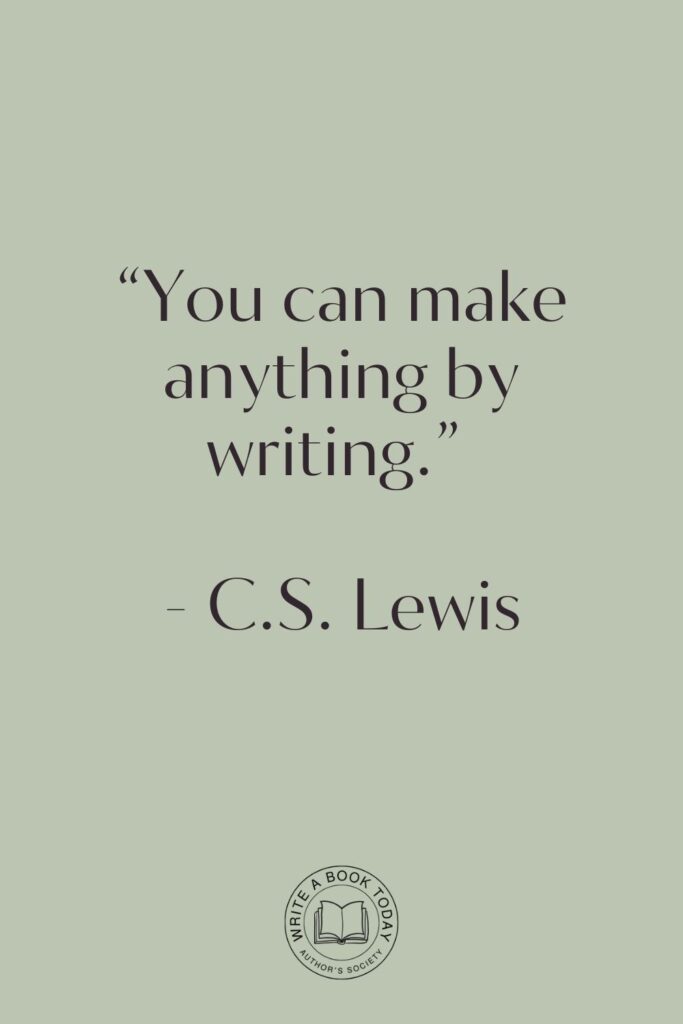
Common Self-Editing Mistakes to Avoid
Even the most diligent self-editors can fall prey to common pitfalls.
Being aware of these mistakes can help you avoid them, ensuring your manuscript is polished and professional.
Overusing Adverbs and Adjectives
While adverbs and adjectives can add color to your writing, overusing them can weaken your prose.
Instead of relying on these modifiers, choose strong, specific nouns and verbs that convey your intended meaning.
For example, instead of writing “walked quickly,” consider “hurried” or “rushed.”
This approach not only reduces wordiness but also creates a more vivid image for the reader.
Inconsistent Tone and Style
Maintaining a consistent tone and style throughout your manuscript is vital for coherence.
Shifts in tone can confuse readers and disrupt the narrative flow.
Ensure your writing style aligns with your story’s genre and themes, and be mindful of maintaining this consistency across all scenes and chapters.
To achieve a consistent tone, revisit your manuscript and identify sections where the style diverges.
Adjust these areas to match the overall tone, ensuring a seamless reading experience.
Ignoring Pacing and Flow
Pacing dictates how your story unfolds, affecting the reader’s engagement and emotional investment.
Be mindful of scenes that drag or rush, as these can disrupt the story’s rhythm.
Vary sentence lengths and structure to create a dynamic flow that keeps readers intrigued.
Consider the balance between action and reflection.
While fast-paced scenes can heighten tension, slower moments provide depth and character development.
Strive for a balanced narrative that maintains interest while allowing for introspection.
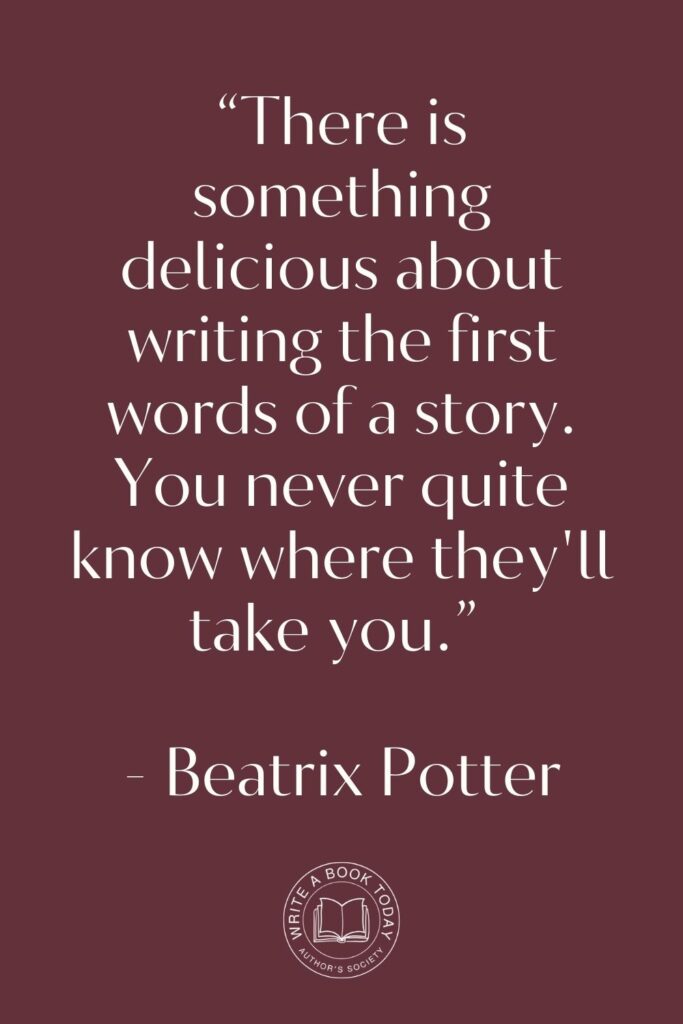
Final Touches: Proofreading and Polishing
Once you’ve completed the major revisions, it’s time for the final touches.
This stage focuses on refining your manuscript’s technical aspects, ensuring it’s error-free and polished.
Using Tools and Resources for Effective Editing
Leverage editing tools and resources to assist in the proofreading process.
Software like Grammarly or ProWritingAid can help identify grammatical errors, typos, and stylistic inconsistencies.
However, don’t rely solely on these tools; a human touch is invaluable for nuanced edits.
Create a checklist of common issues to watch for, such as passive voice, redundant phrases, and punctuation errors.
Use this checklist to guide your final proofreading pass.
Knowing When to Seek Professional Help
While self-editing is empowering, there are times when professional assistance is beneficial.
If you’re unsure about certain aspects of your manuscript or need a fresh perspective, consider consulting a professional editor.
They can provide valuable insights and suggestions to elevate your writing. Remember, seeking help doesn’t diminish your efforts; it enhances them.
A professional editor can offer expertise and objectivity, ensuring your manuscript reaches its full potential.
Celebrating Your Progress as a Writer
Self-editing is a journey of growth and discovery. Embrace the process as an opportunity to refine your skills and deepen your understanding of storytelling.
Celebrate your progress and achievements along the way, recognizing the effort and dedication you’ve invested in your craft.
Embracing the Journey of Self-Editing
Self-editing is not merely a task to be completed but a journey to be embraced.
Each revision brings you closer to realizing your vision and connecting with your readers.
Appreciate the challenges and triumphs of the editing process, knowing that each step contributes to your growth as a writer.
Building a Community of Support Among Writers
Writing can be a solitary endeavor, but it doesn’t have to be. Connect with fellow writers to share experiences, exchange feedback, and offer support.
Building a community fosters a sense of camaraderie and encouragement, enriching your writing journey.
Consider joining writing groups or online forums where you can discuss self-editing techniques and share insights.
Engaging with others who understand the writing process can provide motivation and inspiration, helping you navigate the challenges of self-editing with confidence.


